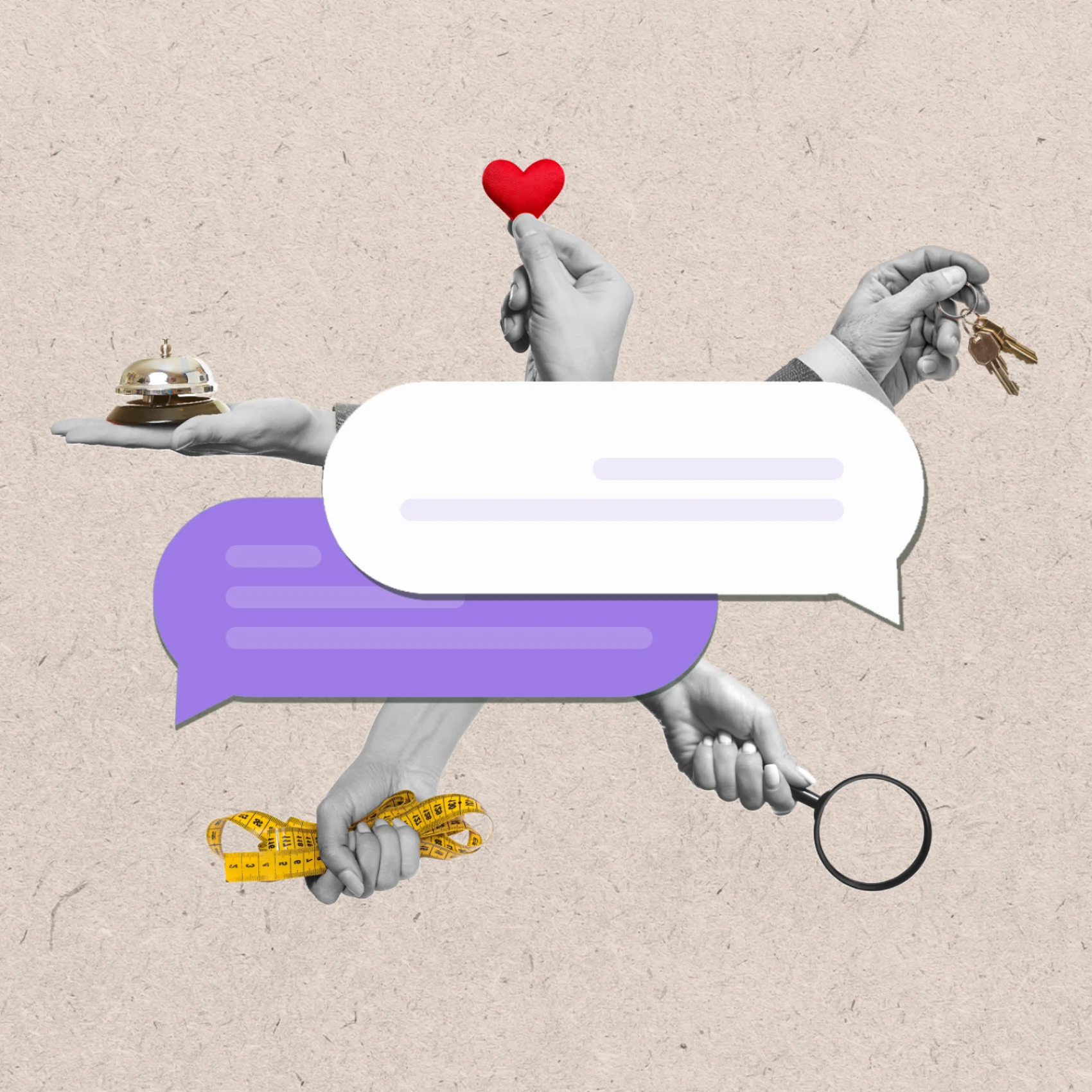How customer service chatbots will up their game in 2025
Too many customer service chatbots deliver mediocre experiences. Smart companies are making these critical improvements.
There’s a reason customers still prefer to talk to a live agent when they run into a complicated issue with a product or service. The digital tools designed to solve most of those problems—customer support chatbots—often fall short.
We’ve all experienced the irritation that a bad chatbot brings to a service issue—whether it’s an older-generation bot that just spouts FAQs, or a gen-AI-powered chatbot that makes stuff up.
While AI agents—advanced AI tools that can autonomously manage more complex tasks—can provide much-needed relief to human support teams, chatbots also need to do a better job of handling higher-volume queries and workloads. According to Gartner, chatbots will remain a primary channel for at least 25% of all businesses by 2027.
Fortunately, help is on the way. Over the next year, a number of critical advances are emerging with service chatbots, enabling them to deliver more intelligent, empathetic service experiences and, in some cases, even anticipate customers' issues before they reach for the phone.
Here’s a look at some of the biggest advances:
Chatbots as conversationalists
As natural language processing (NLP) grows even more sophisticated, AI chatbots will become more effective conversationalists and more nuanced in their responses. By understanding the context of almost any chat, these bots will handle more complex queries quickly and accurately. They’ll know what customers need—and deliver it.
Read also: Autonomous AI agents are transforming how businesses provide fast, always-on service
Higher EQ
As the emotional intelligence of AI chatbots matures, how they interact with customers will change, too. Whether adopting a more formal tone with someone irate or a casual one if a client is relaxed, chatbots will have more empathy, with a better ability to put a person at ease. By analyzing language patterns, they will detect when a customer needs to be transferred to a human agent quickly. These improvements will make AI-powered customer service less transactional and more relationship-focused.
Predictive customer support
More sophisticated chatbots won’t just respond to issues; they’ll predict them. By analyzing a customer’s behavior, chatbots will be able to suggest solutions or products before customers even think to ask. Chatbots will start making more accurate recommendations about what their next purchase should be; when a customer accepts a suggestion, you’ve expanded your relationship with them.
Autonomous services
Chatbots are also learning to work with Internet of Things (IoT) devices, from smart washing machines to vacuum robots. They’ll offer real-time support and troubleshooting, taking one more thing off a customer’s to-do list. Consider the following scenarios: a system error prevents a robot mop from making its rounds in the living room, or a smart refrigerator needs a new water filter for its ice maker. An AI chatbot will order parts or push through an operating system update so that the robot can finish its job, eliminating the need for customers to call for support.
Beefier security
As AI chatbots gain more access to customer information and data, customers will want assurances that their information is safe. Top-of-the-line encryption and fraud detection embedded across a network will be top priorities for businesses looking to build and maintain trust. That means companies will need to weigh the value of personalization with the risks of open information. Data security is essential to ensuring customers’ confidence.
As these improvements continue to evolve and get better, customers will learn to trust chatbots to solve their problems. With time, they may even prefer them.
